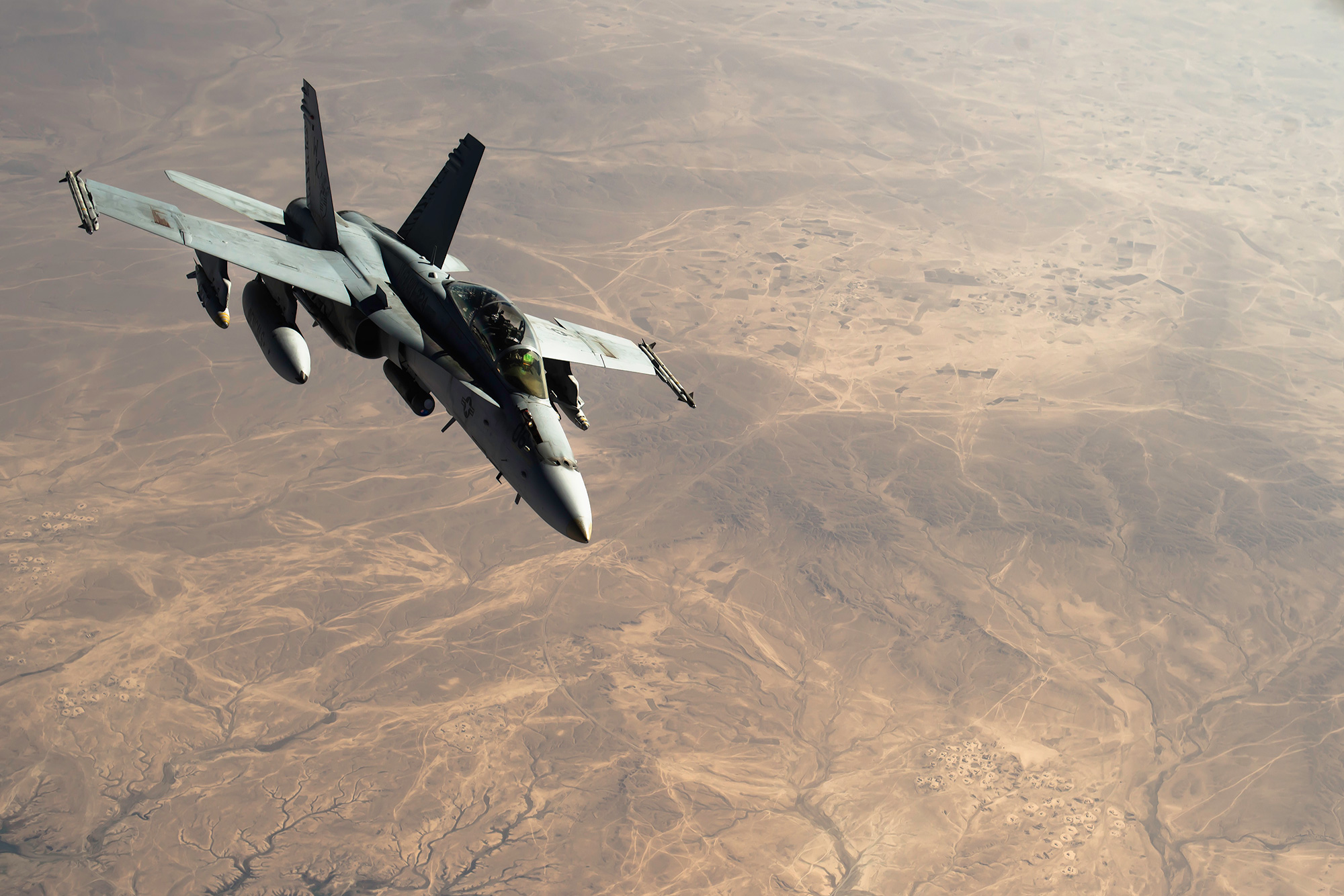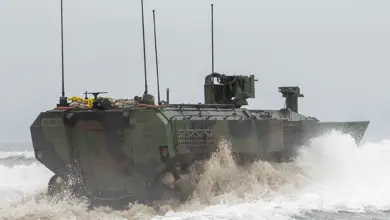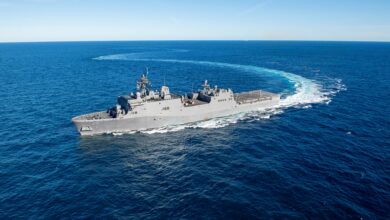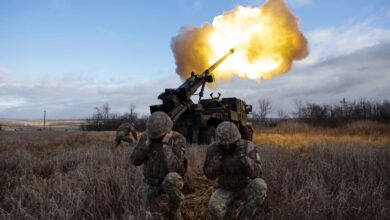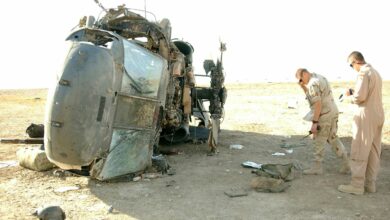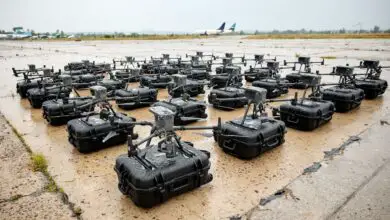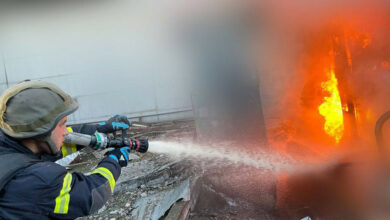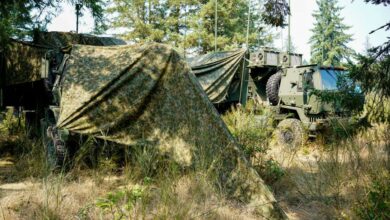US Navy to Replace Super Hornets With Mix of Manned, Unmanned Aircraft
The Next Generation Air Dominance program will see a 60/40 mix of unmanned to manned jets by the next decade.
The US Navy’s planned replacement of its fleet of over 500 F/A-18E/F Super Hornets by 2030 comprises a mix of manned and unmanned aircraft functioning in tandem to complete missions.
The Next Generation Air Dominance (NGAD) program, touted as the replacement for the Super Hornet and electronic attack EA-18G Growler (over 150 aircraft), will see a 60/40 mix of unmanned to manned aircraft by the next decade.
“Right now – notionally – looking at driving towards an air wing that has a 40-60 unmanned-manned split and overtime shift that to a 60-40 unmanned-manned split,” Rear Adm. Gregory Harris, director of the Navy’s Air Warfare Division, stated at a Navy League event, USNI News reported.
Super Hornet Likely to Be Replaced by Manned Aircraft
However, whether the replacement of the Super Hornet multirole aircraft, F/A-XX will be manned or unmanned has not yet been officially announced.
“In the next probably two to three years, we’ll have a better idea whether a replacement for the F-18 E and F will be manned or unmanned,” Harris stated at the event according to Breaking Defense.
Superior to F-35C in Tech and Range
Weighing in on the topic, Bryan Clark, a naval analyst and senior fellow with the Hudson Institute, told USNI News last year that the new aircraft will likely be a manned one comprising many of the capabilities of the F-35C Lighting II Joint Strike Fighter, albeit with updated technology and expanded range.
“The idea would be that you would take those same capabilities forward and have them be built into an architecture that’s designed around a 21st-century model,” Clark said.
“So you’d get more seamless fusion and integration of all these sensor inputs, and better ways of interacting with the pilot, and more incorporation of autonomous operations,” he added. “Even more so than with the F-35, you’d end up with an aircraft where the pilot is really operating a computer that is flying the airplane and operating its systems, more so than today.”
Clark said the new fighter will probably have a combat radius of 1,000 nautical miles (1,151 miles or 1,852 kilometers) compared to the 700 nautical miles (805 miles or 1,296 kilometers) the naval version of the F-35 can fly.
More Unmanned Aircraft: Less Risk to Human Life
The new fighter, likely to be manufactured by either Boeing, Lockheed Martin, or Northrop Grumman, will employ various unmanned systems such as drones to complete missions.
“…so there’s this family of systems now that instead of having five F-35s go do some mission, you’d send two of these new airplanes with some unmanned systems to do the same mission,” Clark further explained.

